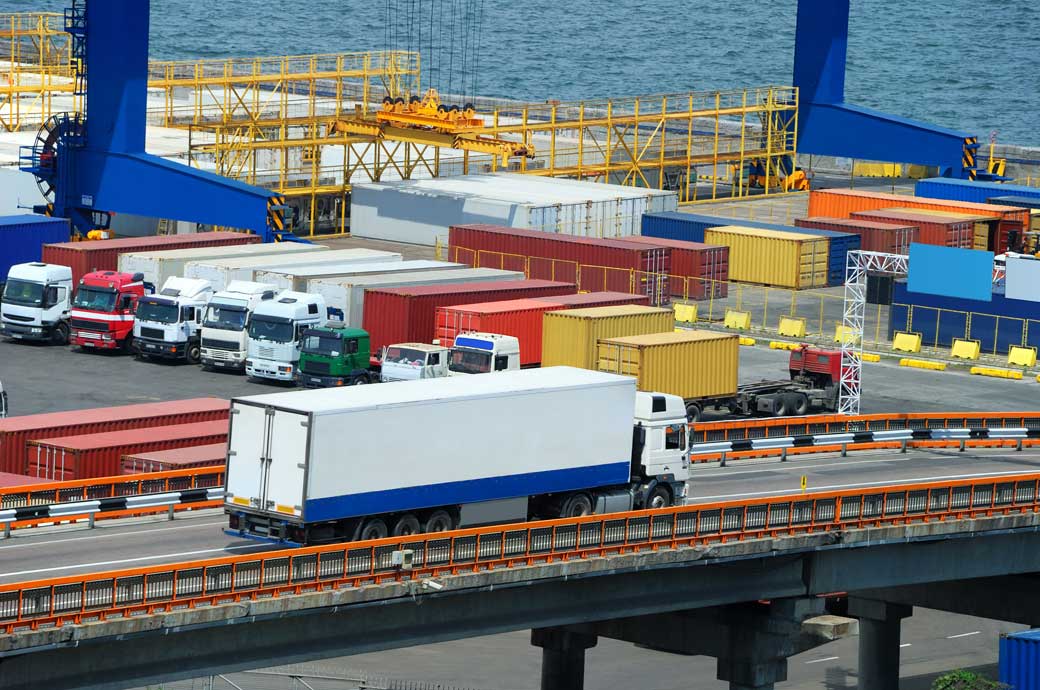
Weakening global demand for goods, cheaper shipping and a less frenetic market for industrial space should, however, offer relief to supply chains by H2 2023, the white paper, titled ‘The state of European supply chains 2023’, said.
Inflation is pushing organisations to focus on investing in more efficient core operations and reducing energy intensity along all aspects of supply chains. However, there is reticence to scale down operations and significantly draw down inventories given uncertainty, it said.
Inflation dominates the concerns of the supply chains in Europe, the Middle East and Africa (EMEA). A huge amount of that inflationary pressure is a direct result of the conflict in Ukraine, which is seen as the leading disruptive factor supply chains will face this year.
Sixty-eight per cent of the respondents expect the war in Ukraine to disrupt supply chains in 2023, making it the most widespread concern in EMEA.
This was followed by supply issues increasing energy/fuel costs (66 per cent) and the effect that inflation will have on consumers (55 per cent).
Other inflationary pressures anticipated to create disruption are labour shortages (54 per cent), input material inflation (36 per cent) and less stability among suppliers as a result of battling rising prices (31 per cent).
The overwhelming majority–--81 per cent—of professionals working for logistics service providers (LSPs), manufacturers or retailers in the survey said they will need to pass on costs to customers this year. However, only 15 per cent said that they expect substantial costs to be added on, indicating that the peak of inflation may have already passed.
Supply chain professionals expect the tide to have turned on port capacity constraints and the fallout from COVID, as these came down the bottom of concerns, being chosen by 18 per cent of respondents in both cases.
The knock-on effect of inflation on consumers is reduced spending power, the white paper noted. The balance of respondents said that they expect global demand to weaken, with 45 per cent seeing worsening conditions this year, compared to 22 per cent who see demand improving.
Furthermore, 42 per cent expect a global recession to challenge supply chains in 2023.
Manufacturers and retailers are substantially more optimistic about growth than LSPs, as 42 per cent of the former forecast growth compared to 22 per cent for the latter.
Asia-Pacific is seen as the regional market expected to generate the most growth by EMEA professionals, with 42 per cent of respondents believing it will grow fastest, compared to 13 per cent who said the same for EMEA.
Even though the balance expect global demand to cool, there is reticence to cut down inventories significantly, as the memory of recent breaks in supply chains remains fresh, the white paper said.
Forty-nine per cent of respondents see inventories increasing, while 36 per cent expect to cut inventories. Retailers and manufacturers are more likely to expect inventory drawdowns than LSPs.
With warehousing coming off a series of record breaking years, the market will cool in 2023, but the desire to maintain buffer inventory will keep supply constrained.
Forty-four per cent anticipate buyers to be chasing warehousing space in 2023 versus 39 per cent who forecast overcapacity.
Breaking that down further, 21 per cent expect moderate or severe under-capacity compared to 13 per cent for moderate or extreme over-capacity.
Shipping, on the other hand, is now well within a phase of overcapacity, putting it firmly into a buyers’ market in 2023.
Fifty-eight per cent believe there will be over-capacity in the shipping market, compared to 35 per cent who see a lack of container space. Twice as many see severe or moderate overcapacity than under.
No LSPs in the survey expects balance in supply and demand, while 70 per cent expect over-capacity.
LSPs, retailers and manufacturers are focusing on using assets more efficiently and cutting energy usage in response to the current environment.
Seventy-two per cent are optimising their transport networks, 51 per cent are moving their warehousing closer to transport hubs and end markets, while 46 per cent are refurbishing assets to improve energy efficiency.
Sixty-three per cent are reducing energy consumption in the production and manufacturing process, and 43 per cent are increasing the share of renewables underpinning that.
Fifty-one per cent are looking to raise last mile delivery efficiency and 38 per cent are transferring fleets to electric drivetrains.
Fibre2Fashion News Desk (DS)